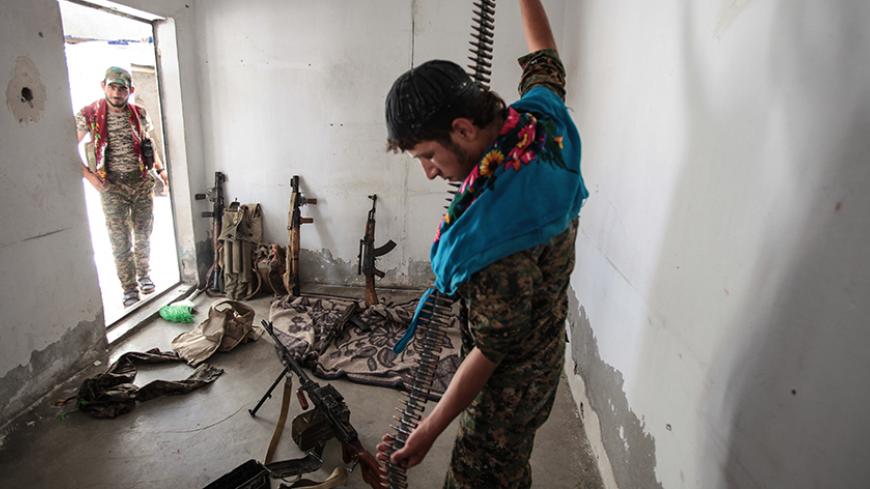There should be no doubt that President Donald Trump’s approval of a plan to directly arm Kurdish forces in Syria is a severe, devastating blow to President Recep Tayyip Erdogan’s obstinate efforts to undermine the relationship of the Syrian Kurdish Democratic Union Party and the People's Protection Units (YPG) with Washington.
The decision is an additional inflammatory step in the already strained US-Turkey relations emanating from divergences over Syria. The relationship between the two NATO allies was dislocated during President Barack Obama's administration, primarily due to divergences on Washington’s approach to the Kurds in Syria. Yet even Obama had not gone the extra mile to anger Erdogan (or the Turks) by giving approval to directly arm the YPG. In mid-October 2014, when the United States provided air support to the besieged Kurds in Kobani, the move was recorded as a milestone in the problematic relations between the United States, Turkey and the Kurds.


